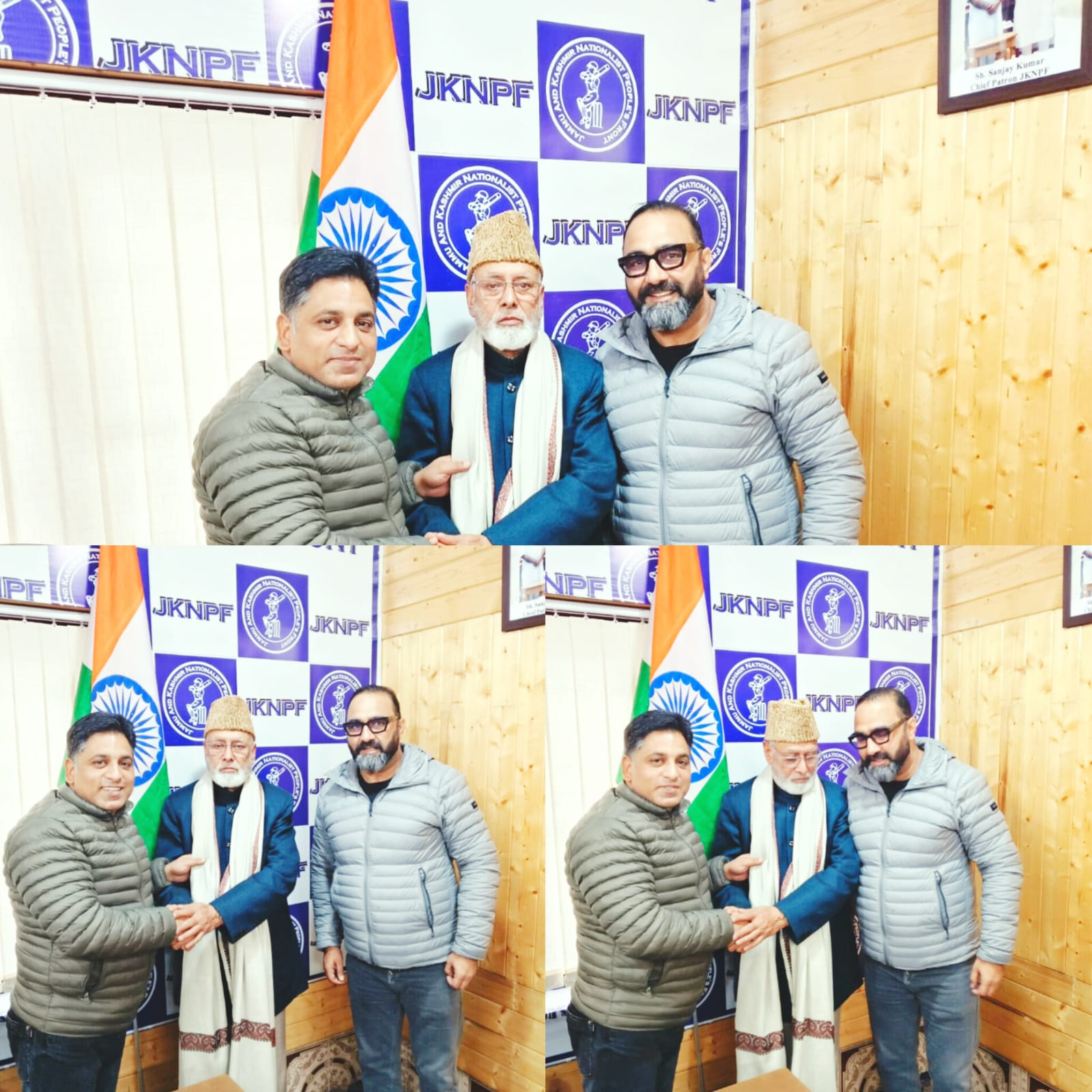Usually do not Do Anything which is not Reversible edit source edit
- Don’t use pen to create on any document or picture, also from the back. Just use soft pencil to record identification in the straight back of an image. Be mindful that the writing doesn’t keep the feeling or embossing at first glance. Write over the base or sides only. Additionally, it is archivally safe to make use of a PIGMA pen to create from the relative straight straight back of photographs.
- Don’t make repairs with ordinary adhesive tape. There are special tapes that are archival other materials readily available for this function. Analysis archival that is proper before trying any fix or cleaning.
- Usually do not laminate almost everything. a method called encapsulation, making use of archival quality Mylar, achieves exactly the same goal of protecting the document; it really is reversible plus the materials are chemically inert. The document is put in a archival safe web web page protector, all of the air is very carefully squeezed out as well as the open advantage sealed with double-sided tape that is acid-free.
- Don’t use glue that is ordinary mount photographs and don’t make use of ‘magnetic’ picture records. You will find archival quality hinges and photo corners available for mounting on acid-free sheets. Another strategy would be to cut slits in acid-free paper to place the corners associated with picture. Archival quality glue is currently offered by scrapbooking shops.
- Adhesive labels are popular due to their convenience. Remember that, firstlyit can destroy that part of the document— they do not always stay affixed for very long and secondly, unless the adhesive is archival quality, and few are. In the event that you insist upon with them, spot behind an inconsequential an element of the picture or photocopy. Protect well from Harm By Light, Heat, Dirt, Handling and Chemicals.
- Many contemporary paper items have acids and bleach from processing. Numerous plastic materials have chemical compounds that are released with their environments. They are destructive to documents, photographs, negatives and textiles. Utilize archival materials that are free from these contaminants. Constantly think about college papers written whether your storage space materials for historic materials are inert.
- Light, particularly ultraviolet rays, will diminish papers, photographs, negatives and textiles. Offer storage that is dark a file case or covered record album. Use copies of initial materials for display and guide purposes.
- High temperatures and moisture, and particularly changes in humidity and temperature, hasten deterioration of paper, photographs, negatives and textiles. Attempt to maintain a very good, constant heat and moderate moisture. Prevent storage in garage or attic room where you will find extreme heat variants.
- Too much maneuvering can cause damage from dust, fingerprints and tearing. Avoid managing making use of a content as the guide document. Safeguard the initial by encapsulation or appropriate archival storage space. Utilize cotton that is white in the event that you must manage initial papers or photos.
- Photographs and documents might be faded or damaged whenever you get them. The image or information is preserved by photographing or photocopying. Remember that the temperature and light needed for photocopying is harmful and may be avoided in the event that initial is fragile. Paper clippings are most readily useful photocopied on acid-free paper, at the earliest opportunity.
Be cautious to tell apart between several types of plastic envelopes and containers. Polypropylene is the greatest, including envelopes made from spun polypropylene called Tyvek, and polyethylene, polythene and polyester are fine. The major one that is bad PVC (polyvinyl chloride) which will be prevented by any means (Parkinson).
Care of Heritage Fabrics edit source edit
There was much helpful information in Althea Douglas’s two-volume Help! I’ve Inherited an Attic Full of History. What the heck do i really do along with these things? posted by the Ontario Genealogical community. It’s specifically for people who?willingly or otherwise?find on their own the custodians of a portion of history, be it their family’s history or compared to company, organization or club. Volume 1 Dating, disposing and evaluating associated with accumulation of a very long time. 1998. Volume 2 Archival preservation into the house environment. 1999. In many nations, nationwide museum associations or neighborhood history agencies publish info on proper care of textiles and companies of archival services and products. These magazines can be obtained at your neighborhood general public library.
Space of Oral Information edit edit source
Tapes should always be saved in a averagely cool and place that is dry lying flat aided by the tape rewound to your end of this meeting, and so they must certanly be played a few times a year. These methods will prevent bleeding of this noise or sticky shed syndrome. Commercial cabinets can be found but do remember to obtain the ones that keep carefully the tapes flat, maybe maybe maybe not upright. When you have older reel-to-reel tapes that may have now been stored wrongly then consult experts at Precious sounds prior to trying to play them.
The older technology tapes from cassette recorders should really be archived on CDs before they deteriorate. This could be done in the home, a normal 700mb CD taking about 80 mins of archival-quality stereo material. A DVD will hold about eight times this quantity. CDs and DVDs should always be kept in instances from where they fall on your hand effortlessly when upturned. Wrestling with disks to eliminate then from their situations must certanly be prevented since it twists the disk and destroys portions regarding the information. Disk situations should grip the disks just during the centre hole, and may be kept vertically. absolutely Nothing should ever touch the info side of this disk, including synthetic pouches. The latter are unwise for long-term storage space as also one dust particle can erase information (Eastman).
Space of Written Information edit source edit
The 2 many effective and popular types of saving the paper that is various have been in file files or in loose-leaf binders with index tabs. The option of either file cabinets or bookshelves in your house a workplace may determine which technique is for you.
Another issue is whether you’re primarily likely to be working together with the files, or whether you will have to show them frequently to your household. Filing files are superb for workplace work, but don’t transport or show in addition to binders.
When you have a computer think about your space and working practices. Will it be better to access binders or files from in which you sit at your pc?
Whatever technique is selected, archivally safe synthetic envelopes or page protectors, as well as perhaps encapsulation processing must certanly be employed for the older and much more delicate products.
Storage space of Visual Information edit source edit
The storage that is ideal photographs is with in a dark destination in records made from acid-free paper or in archival quality envelopes. Don’t use photo that is‘magnetic, the people with plastic overlays holding the pictures in position, given that synthetic slowly absorbs the photograph! Acid-free storage space pages or envelopes for negatives will also be obtainable.
Instead, appropriate acid-free page protectors can be utilized to ensure that pictures could be saved using your written information in either filing files or binders.
Should you want to show an image at home then create a copy printing for this specific purpose, so that the initial will not disappear whenever confronted with the light. Unique archival pencils along with acid-free envelopes, albums along with other containers are actually available.
Specialists have actually varying viewpoints as to how tapes that are video be kept; some state you ought to have them lying flat while some indicate they must be kept upright. Everybody agrees that they must be kept in a mildly cool, dry destination and really should be played through once or twice a 12 months. Them professionally copied onto videotape as soon as possible if you discover old home movies do get. You may do that your self by having a camcorder, a VCR and a video clip transfer box. The machines capable of running those home movies will all be in museums in a few years. Better still, shop them for a CD (that will hold 15-20 minutes. of film) or DVD (holds approximately eight times just as much). These more recent technologies are better because they could be run, and copied, without any deterioration in quality.
If you’re luckily enough to have obtained older photographic news such as for example tintypes or cup dish negatives do check with your archivist that is local for on storage space and never attempt cleansing or renovation without specialist help.














 Users Today : 144
Users Today : 144 Users Yesterday : 225
Users Yesterday : 225